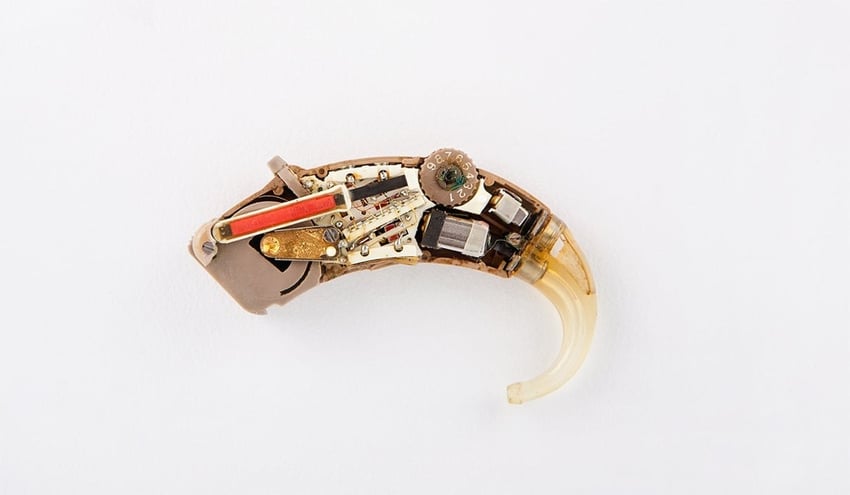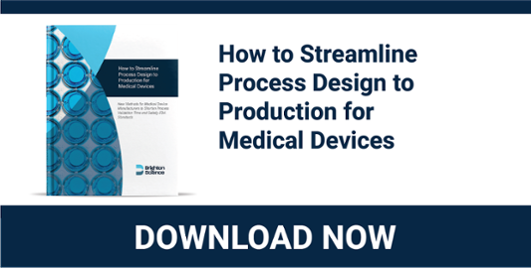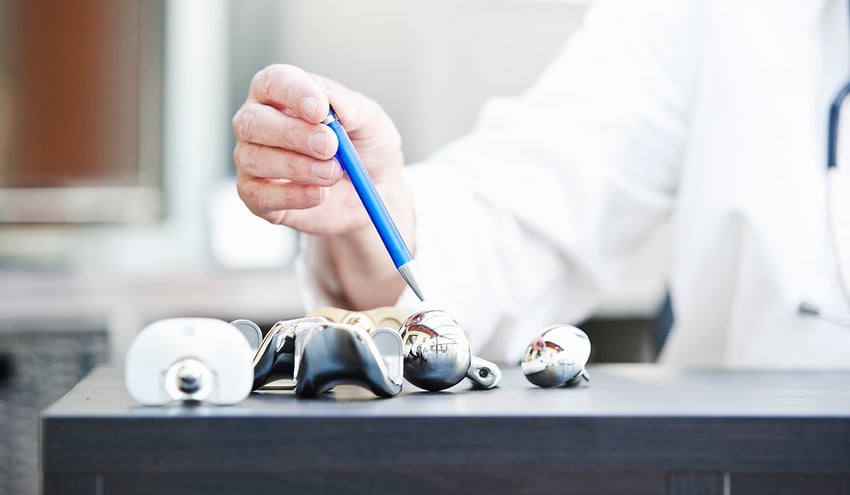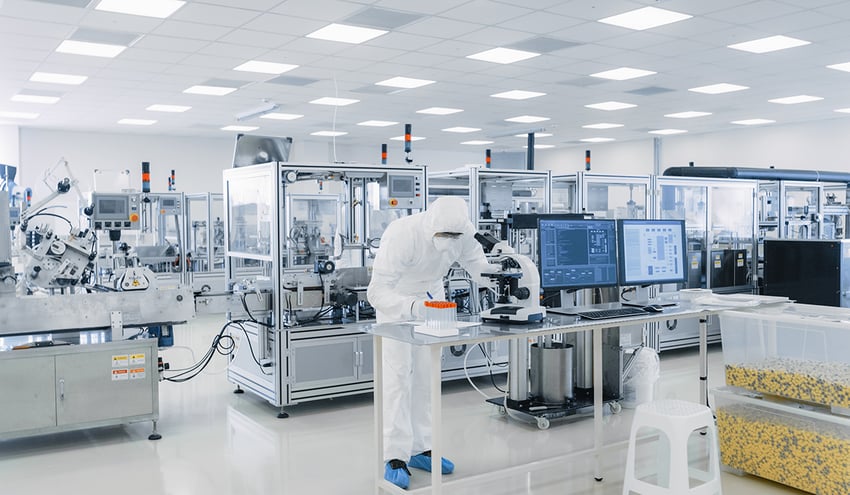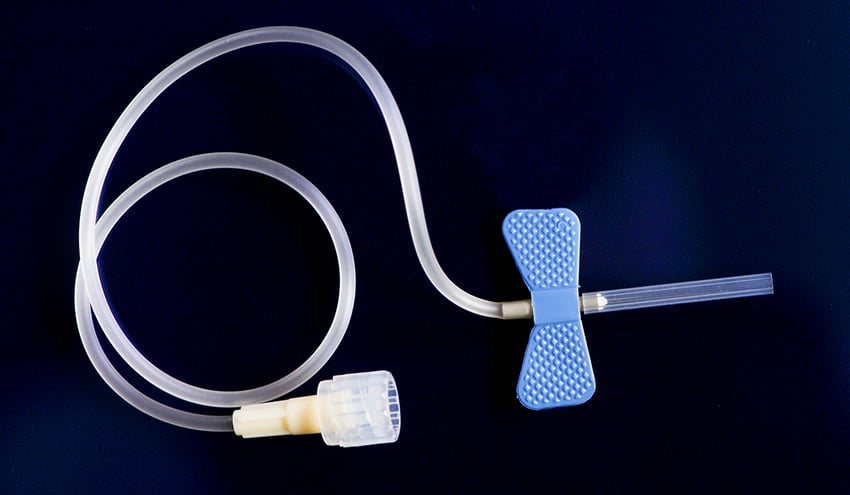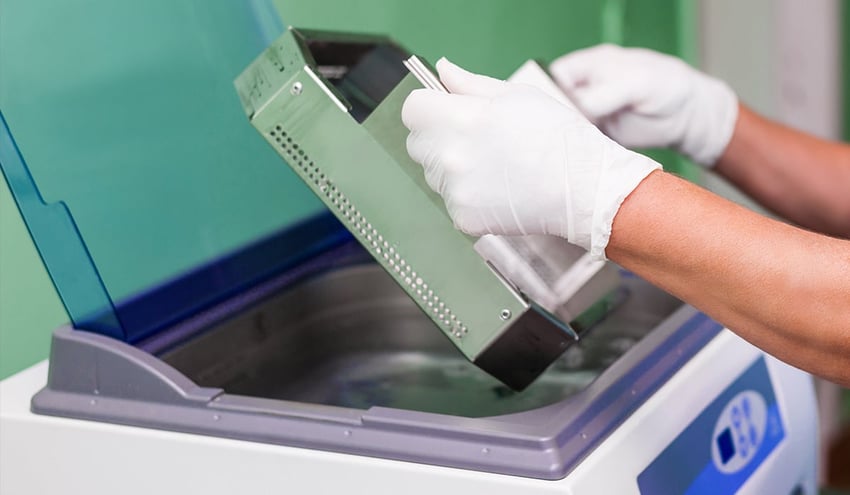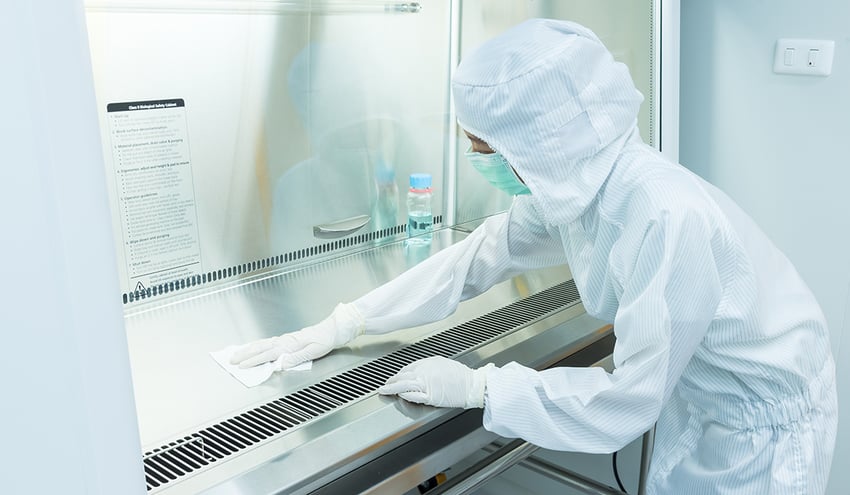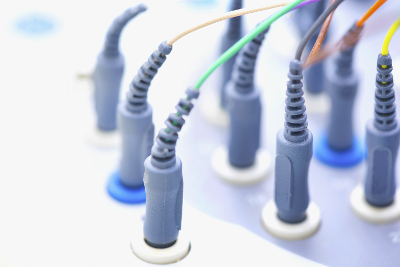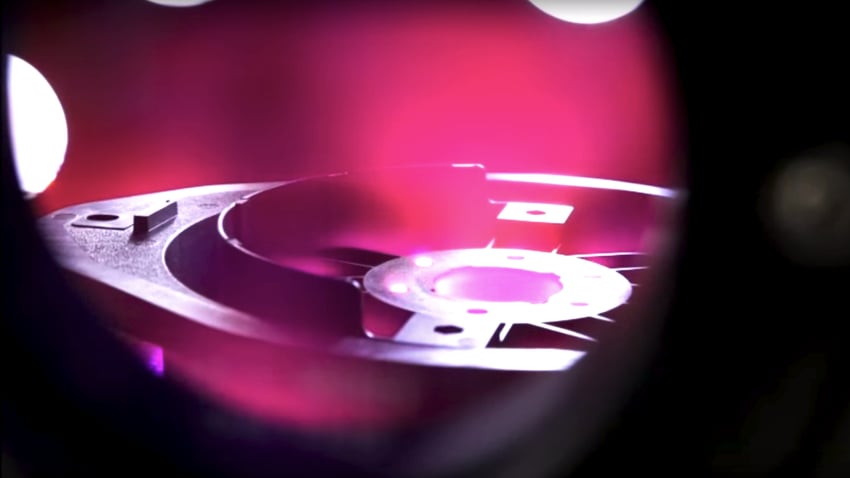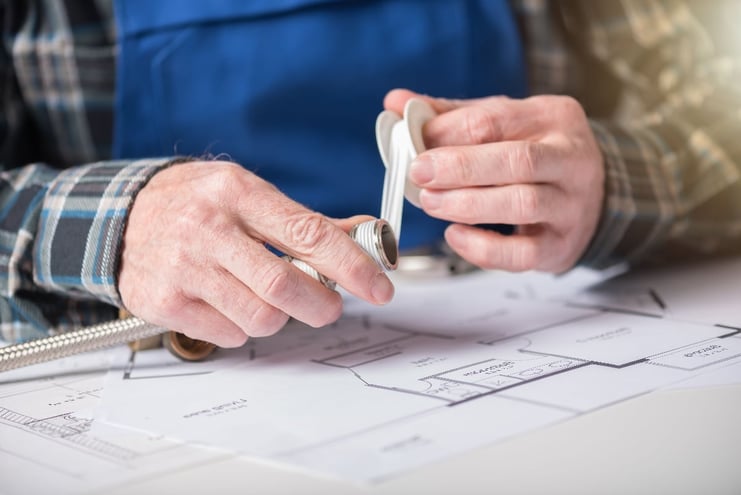The pathway to zero defect manufacturing through the implementation of quality control procedures is found right there in the name. Quality control requires the control of variables to ensure quality outcomes. But it’s the former that is beguiling to quality engineers.
The variables in manufacturing are essentially innumerable, vary from industry to industry and application to application, and it can be difficult to know which ones to focus attention on. Efficiency is also the name of the game.
Balancing both optimal efficiency and high-quality output requires relying on process experts that can analyze what aspects of the manufacturing process have the costliest effects on product performance and meeting quality tolerances.
For medical device manufacturers, meeting FDA approval requires process controls to be hardwired into production at the earliest design and development stages. The process controls must account for not just mechanical failures but cleanliness standards. While most medical device manufacturers focus on final assembly cleanliness, they can overlook the impact of surface cleanliness on the adhesion process that holds the whole device together.
Surface science experts agree that if you do not have controlled surface quality throughout your production process, you don’t have a controlled quality process.
Supplier Variation Through the Lens of Surface Science
A hearing aid manufacturer partnered with Brighton Science surface scientists to help assess the quality of parts they were receiving from a variety of suppliers. In medical device manufacturing, it is extremely laborious to go through the approval process for any changes made to current production procedures. This company was hoping to do some preliminary work on a potential backup supplier for a titanium chassis they bonded an electronic component to and then over-molded with a polymeric coating. With our insight, they wanted to have an alternative source in their back pocket if there were unexpected delays or shortages from their current supplier (which we all know can happen very suddenly, especially in the medical industry).
Brighton Science examined the wash process of the titanium surface to see how each supplier stacked up to expectations and requirements. Using reflection absorption infrared spectroscopy (RAIRS), we characterized the chemical makeup of each surface as it would be delivered from the supplier (pre-washed) and then after the hearing aid manufacturer did their own cleaning process.
To learn more about how medical device manufacturers meet regulation requirements, download our free eBook: How to Streamline Process Design to Production for Medical Devices
We also used water contact angle measurements to see how the chemicals present on the surface affected the surface energy of the titanium. High surface energy is indicative of a truly clean surface that is ready for bonding, and contact angles change based on the surface energy level. Water contact angle measurements are obtained by depositing a drop of water on the surface and measuring how it reacts. The water will react in accordance with how high the surface energy is, creating a larger or smaller contact angle since it is sensitive to the molecular changes that occur on a surface during a cleaning process. We found distinctive cleanliness variations after each part went through the same wash process.
During the initial RAIRS inspection, we found that the titanium chassis had varying amounts of hydrocarbons and silicones on the surface, both of which are detrimental to adhesion. After washing the parts, we discovered that there were pretty extreme variations in the silicone levels left on the surface post-cleaning. Testing the surface cleanliness with water contact angle measurements showed that the parts that began the wash process with initially cleaner surfaces were not coming out cleaner than the parts that began dirtier.
Optimize the power of next-gen connectivity with data & surface intelligence.
One of the vendor’s parts measured ~80° contact angles before being washed and came out measuring ~40°. Another vendor’s parts measured ~65° before washing but came out measuring ~50°. We discovered that really similar parts had quite different responses to the cleaning process. We knew that the silicones were low molecular weight substances and had not crosslinked on the surface of the titanium because they were able to be removed on some parts. Still, they were being mysteriously stubborn with others.
Using a technique called white light interferometry, our surface scientists dug in a little deeper and evaluated the surface roughness and topography of each part. Discovering that the roughness varied quite a bit between each vendor, it became clear why some parts were not getting as clean as other vendors’ parts.
Surface Sensitivity Matters for Accurate Surface Quality Measurements
Sophisticated surface analysis equipment like RAIRS and white light interferometers are vital in a surface laboratory but are not practical for manufacturers to use in a production setting. Contact angle measurements, however, can be easily and quickly taken directly on real parts as they move through the cleaning and adhesion process.
Rethink your adhesion manufacturing processes with Surface Intelligence.
Contact angle measurements to evaluate surface quality can be automated or obtained using portable goniometers. With the right contact angle measurement device, they can be extremely versatile because of their accuracy in a range of manufacturing situations. Regardless of the geometry of a part or the roughness of its surface, contact angle measurements can consistently be taken and remain sensitive to subtle molecular changes. Contact angles can be uninhibited by surface roughness if the water droplet is deposited using a Ballistic Deposition method which uses controlled kinetic energy to overcome any surface texture.
Using a simple contact angle measurement to gather definitive surface quality data, manufacturers can have clear analytics to help streamline any FDA approvals for process changes or validations.
To learn more about how medical device manufacturers can ease the challenge of designing processes to meet regulation requirements, download our free eBook: How to Streamline Process Design to Production for Medical Devices.

